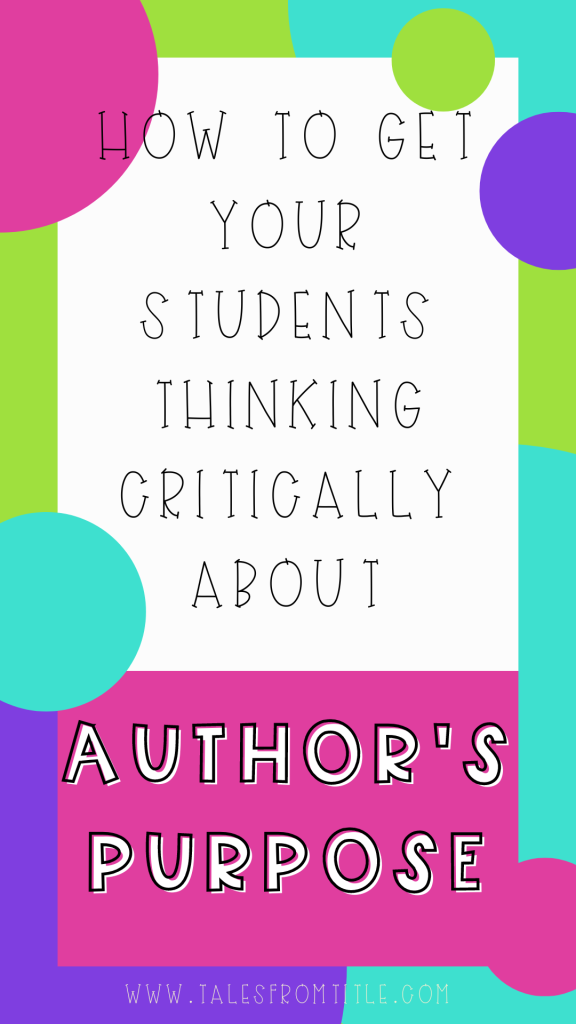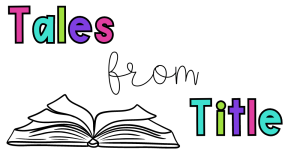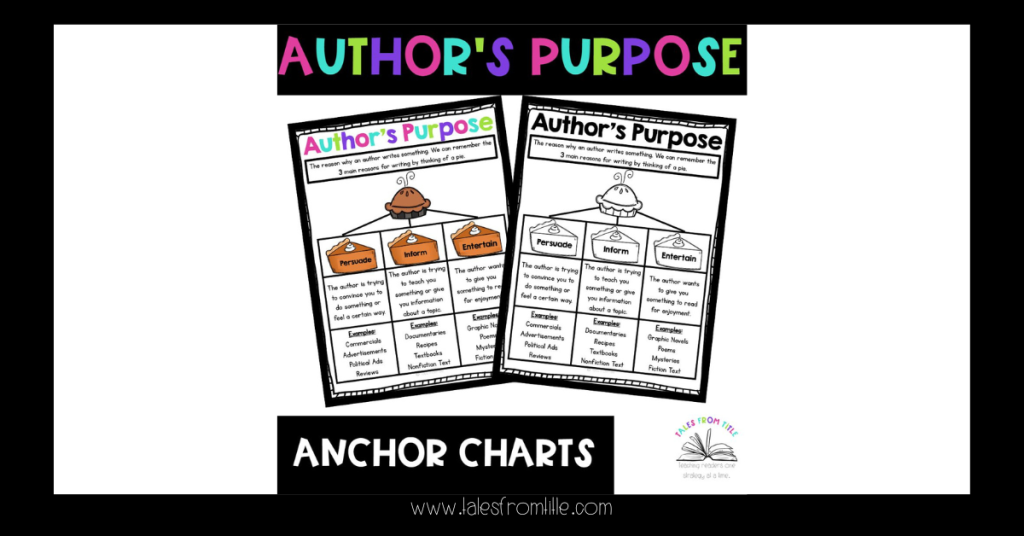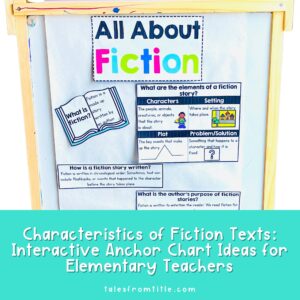Now that we understand the importance of teaching author’s purpose, let’s look at a few strategies to implement in the classroom when teaching this skill.

Introduce the Concept
Begin by explaining the concept of author’s purpose to your students. Use relatable examples, such as text your entire class has read, a funny picture book, news articles, or advertisements. Model your thinking as you look at each example. After reading this piece, I think the author’s purpose was to persuade us. For example: “I think this because the author is telling us why chocolate milk is the best and he is giving details to support his thoughts.”
Examine Different Types of Text
Expose students to a variety of text types, including narratives, persuasive texts, informational articles, and poems. Analyze each piece together, highlighting the distinctive word choices and features that reveal the author’s purpose. Encourage class discussions where students can present their findings and debate different perspectives.
Engage in Collaborative Activities
Engage students in collaborative activities that promote critical thinking and analysis. For example, divide the class into groups and assign each group a different text. Ask them to present their findings on the author’s purpose and explain their reasoning. This allows students to learn from each other and gain a broader understanding of different writing styles.
Practice with Real-World Examples
Bring real-world examples into the classroom, such as advertisements, political speeches, or social media posts. Analyze these texts together, discussing the motivation of the author and how it makes the audience think and feel. This is a great exercise to help students see how author’s purpose can be applied in their everyday lives.
Teaching author’s purpose to students in the intermediate grades allows you to really embrace critical thinking skills and move beyond the basic skill of simply stating the author’s purpose. Learning from author’s about their purpose for writing is a powerful tool for developing reading comprehension, critical thinking, and writing skills. By taking a peek into the minds of authors, we enable young learners to connect with literature on a deeper level and become active participants in the reading process.
Looking for a way to create visual reminders about or review author’s purpose? Check out my interactive notebook pages and anchor charts.






